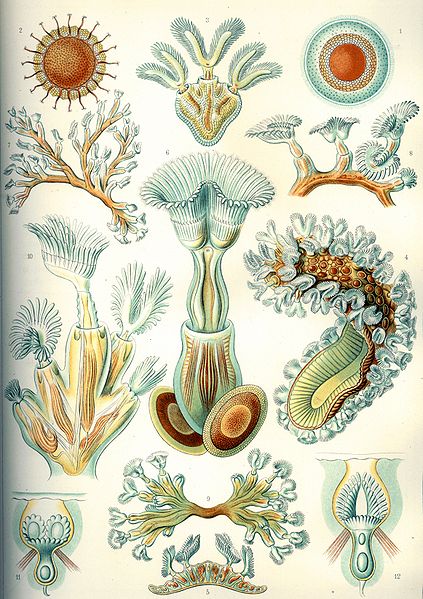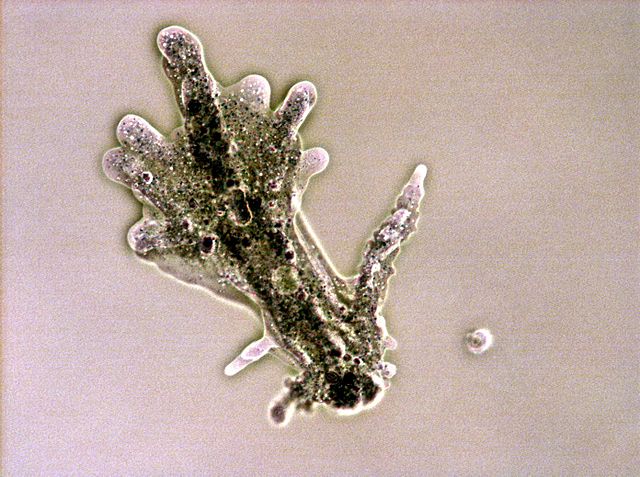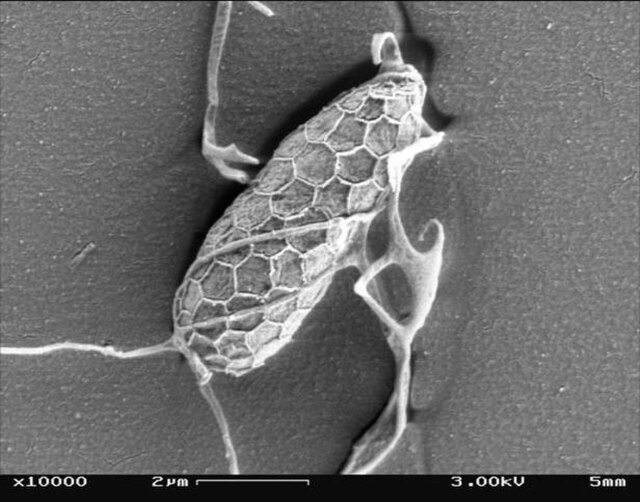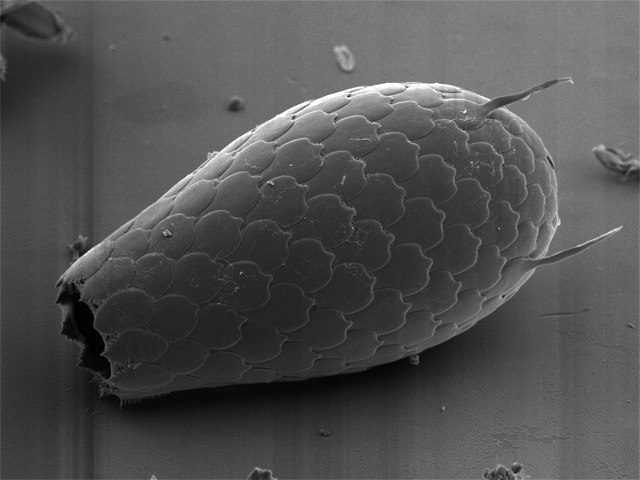Bryozoa are a phylum of simple, aquatic invertebrate animals, nearly all living in sedentary colonies. Typically about 0.5 millimetres long, they have a special feeding structure called a lophophore, a "crown" of tentacles used for filter feeding. Most marine bryozoans live in tropical waters, but a few are found in oceanic trenches and polar waters. The bryozoans are classified as the marine bryozoans (Stenolaemata), freshwater bryozoans (Phylactolaemata), and mostly-marine bryozoans (Gymnolaemata), a few members of which prefer brackish water. 5,869 living species are known. Originally all of the crown group Bryozoa were colonial, but as an adaptation to a mesopsammal life or to deep‐sea habitats, secondarily solitary forms have since evolved. Solitary species has been described in four genera; Aethozooides, Aethozoon, Franzenella and Monobryozoon). The latter having a statocyst‐like organ with a supposed excretory function.
Bryozoa
Image: Arhimedes 3d
Image: Arhimedes 3d
Image: Arhimedes 3d
In biology, a phylum is a level of classification or taxonomic rank below kingdom and above class. Traditionally, in botany the term division has been used instead of phylum, although the International Code of Nomenclature for algae, fungi, and plants accepts the terms as equivalent. Depending on definitions, the animal kingdom Animalia contains about 31 phyla, the plant kingdom Plantae contains about 14 phyla, and the fungus kingdom Fungi contains about 8 phyla. Current research in phylogenetics is uncovering the relationships among phyla within larger clades like Ecdysozoa and Embryophyta.
Image: Amoeba proteus
Image: Toxoplasma gondii
Image: Aplanonet 3
Image: Euglypha sp






